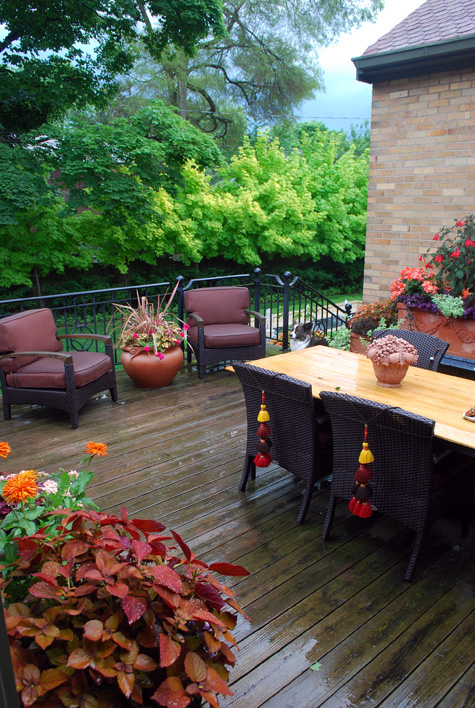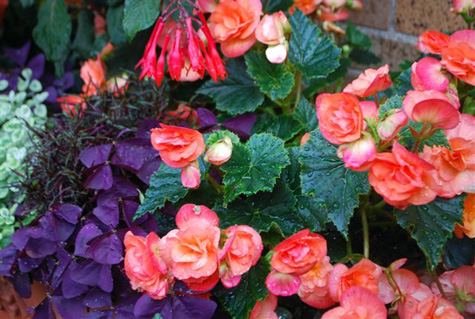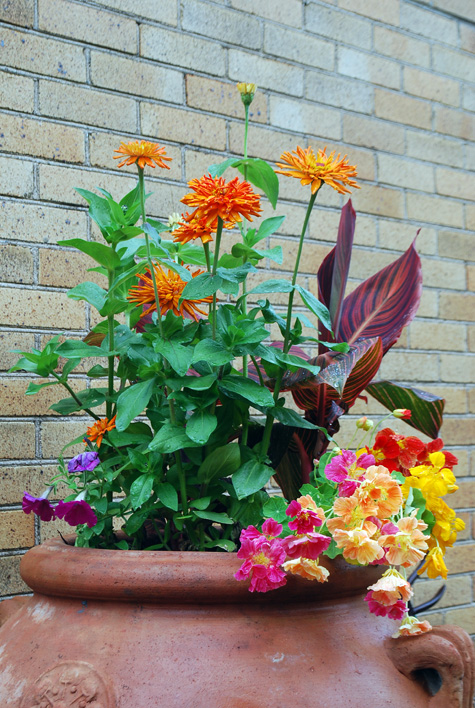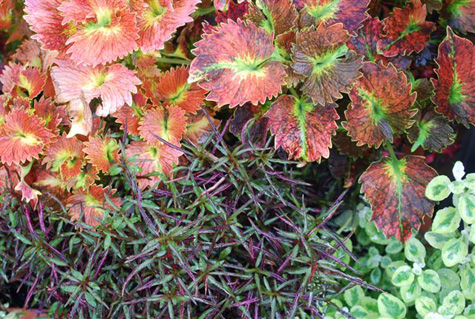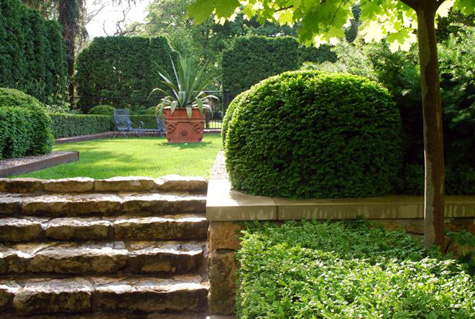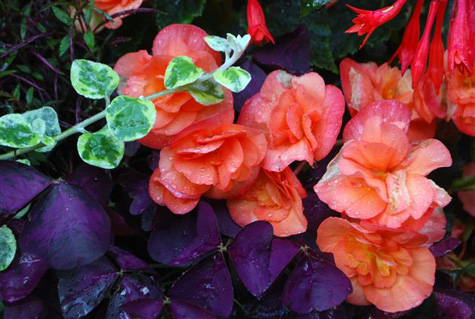 Its my idea to eat outdoors for 120 days of the year at the very least. I like summer food- grilled burgers, fresh corn and tomatoes, big salads with chicken. I am at my most vulnerable for good potato chips, and ice cream, as well. I am impatient for this first day of the outdoor dining season, and so sorry to see it end. In Michigan we have a lengthy dose of “lets go inside” weather. For this reason I will still be having dinner outdoors in October, with my blanket around me. Just get me outside, under any and every circumstance. Dinner in the garden is my idea of fine entertainment. This 22 foot long pine and steel table can handle lots of dinner guests with ease. Pine is a very traditional material for American garden furniture; it just requires upkeep. Its traditional material aside, it has a decidedly sleek and modern silhouette. It interests me how overscaled furniture has such strong visual interest. This long table suggests a lot of people, close together, having fun.
Its my idea to eat outdoors for 120 days of the year at the very least. I like summer food- grilled burgers, fresh corn and tomatoes, big salads with chicken. I am at my most vulnerable for good potato chips, and ice cream, as well. I am impatient for this first day of the outdoor dining season, and so sorry to see it end. In Michigan we have a lengthy dose of “lets go inside” weather. For this reason I will still be having dinner outdoors in October, with my blanket around me. Just get me outside, under any and every circumstance. Dinner in the garden is my idea of fine entertainment. This 22 foot long pine and steel table can handle lots of dinner guests with ease. Pine is a very traditional material for American garden furniture; it just requires upkeep. Its traditional material aside, it has a decidedly sleek and modern silhouette. It interests me how overscaled furniture has such strong visual interest. This long table suggests a lot of people, close together, having fun. 
This old French faux bois table for two makes a different suggestion. The old concrete is beautiful on this vintage slate terrace. It is the organizing element for a private and intimate garden space. Ornament in a garden can create a mood, and set the stage-for what, we can only imagine.

I so love white dining furniture. It has a clean and crisp look. What china, flowers and food would not look great on this table? Wood dining furniture finished in high gloss weather resistant paint dresses up dinner in the garden. This dining table is placed in a garden room defined by a white wood pergola.
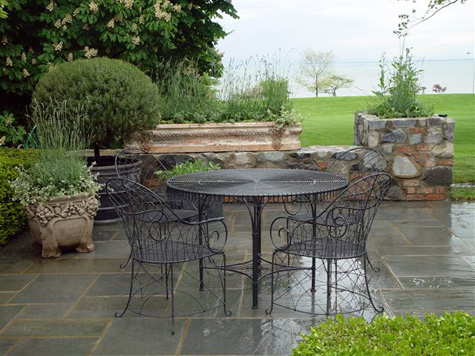
This English made wirework dining furniture is so beautiful for how it graces the landscape in a soft and quiet way. Even with no guests at the dinner hour, it enriches the landscape. Sometimes the suggestion that dinner might be had in the garden is as important as actually having it. Ideally, every design issue is answered in such a way that piques the imagination. What can be imagined changes, and evolves-thus providing no end of interest. Landscape spaces that invite interaction are successful spaces.
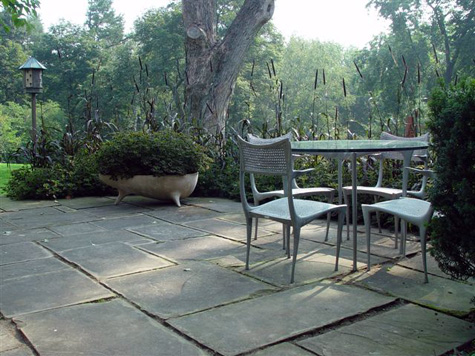
I have many clients for whom contemporary design is a big love. This very contemporary dining suite is perfectly placed on a bluestone terrace dating back some 90 years. Who would think this stately old terrace would be so right for this steel and glass furniture? My client, whose imagination and sense of beauty is all her own. Everything about her, as well as her garden, can surprise me, and make me think differently. 
I design outdoor dining areas for clients regularly. Sometimes I design tables; this table is 10 feet long, with a white oak base, and top of Valders stone from Wisconsin, with white oak spacers. It will handle company, just fine. It will weather, over the years, just fine. Many an event will be experienced, remembered, and cherished, over this table. Some say that everything that really matters happens at the dinner table. If this is true, what possibilities suggest themselves, given dinner in the garden?
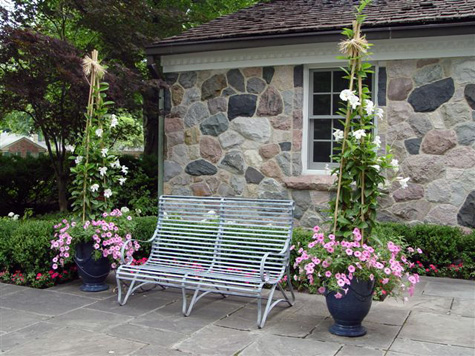 If you are a like me, you do not sit much in your garden. I can always find a weed to pull or something to stake, trim, or otherwise fuss with. But as I subscribe to the notion that a landscape is a place to be, a place to sit seems like a very good idea. A place to take a break, to contemplate your future, to watch the birds, to have a glass of tea-excellent.
If you are a like me, you do not sit much in your garden. I can always find a weed to pull or something to stake, trim, or otherwise fuss with. But as I subscribe to the notion that a landscape is a place to be, a place to sit seems like a very good idea. A place to take a break, to contemplate your future, to watch the birds, to have a glass of tea-excellent.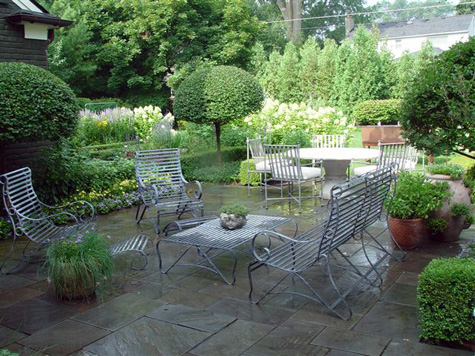 We make this scrolled steel furniture, galvanize it, and acid wash it. It has the look of lead, that blue grey with a white bloom. This furniture is amazingly comfortable for being made of steel. I think it is very good looking and appropriate in either a traditional or contemporary setting. But most of all I like that it looks like garden furniture-and not the furniture I have in my living room.
We make this scrolled steel furniture, galvanize it, and acid wash it. It has the look of lead, that blue grey with a white bloom. This furniture is amazingly comfortable for being made of steel. I think it is very good looking and appropriate in either a traditional or contemporary setting. But most of all I like that it looks like garden furniture-and not the furniture I have in my living room. 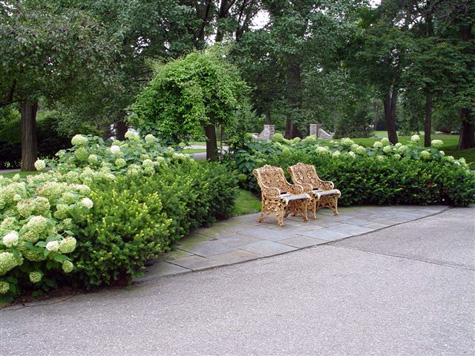 In the past few years I have seen plenty of garden furniture, made from weatherproof materials, that looks like indoor furniture; this does not appeal to me. I like everything in the garden, to look like it belongs there. Thus I prefer my sofa in my living room, and not on my terrace. I very much like these 18th century Coalbrookdale chairs, in the nasturtium pattern. They look like they were made for a garden.
In the past few years I have seen plenty of garden furniture, made from weatherproof materials, that looks like indoor furniture; this does not appeal to me. I like everything in the garden, to look like it belongs there. Thus I prefer my sofa in my living room, and not on my terrace. I very much like these 18th century Coalbrookdale chairs, in the nasturtium pattern. They look like they were made for a garden.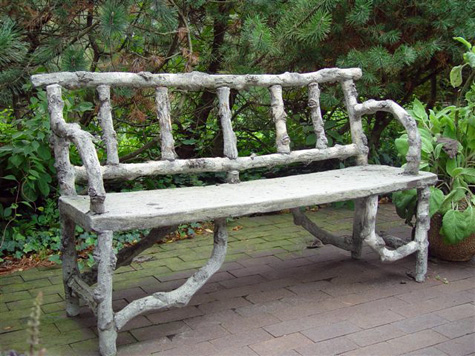 This is an early 20th century French faux bois bench. Literally translated, faux bois means false wood. The bench is concrete over a steel armature, that was carved to look like wood. I doubt it is a place you would want to sit for long, but it most definitely is a lovely place to sit and enjoy a garden moment. It is just as lovely as a garden ornament.
This is an early 20th century French faux bois bench. Literally translated, faux bois means false wood. The bench is concrete over a steel armature, that was carved to look like wood. I doubt it is a place you would want to sit for long, but it most definitely is a lovely place to sit and enjoy a garden moment. It is just as lovely as a garden ornament. 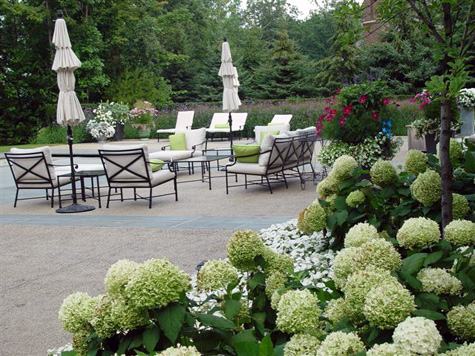 Pool furniture almosts asks for cushions. Hot steel and bare legs is not such a good combination. Be sure if you buy of have cushions made for your garden furniture, that they are constructed using exterior foam, which drains quickly and dries out. Hauling cushions inside when there is a threat of rain is a nuisance. The technology of new fabrics rated for exterior use is considerable. These fabrics are sunfast, and mildew resistant. This suite of furniture looks like a cool spot to sit on a hot day.
Pool furniture almosts asks for cushions. Hot steel and bare legs is not such a good combination. Be sure if you buy of have cushions made for your garden furniture, that they are constructed using exterior foam, which drains quickly and dries out. Hauling cushions inside when there is a threat of rain is a nuisance. The technology of new fabrics rated for exterior use is considerable. These fabrics are sunfast, and mildew resistant. This suite of furniture looks like a cool spot to sit on a hot day.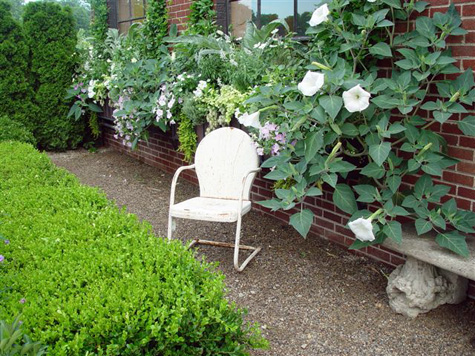 Not so fancy, but plenty charming are vintage American garden chairs. I like everything about them-the shapes, the old paint, and the rust and how they rock. They are easy to find a spot for, and they are easy to move to another spot, should you have a mind to.
Not so fancy, but plenty charming are vintage American garden chairs. I like everything about them-the shapes, the old paint, and the rust and how they rock. They are easy to find a spot for, and they are easy to move to another spot, should you have a mind to.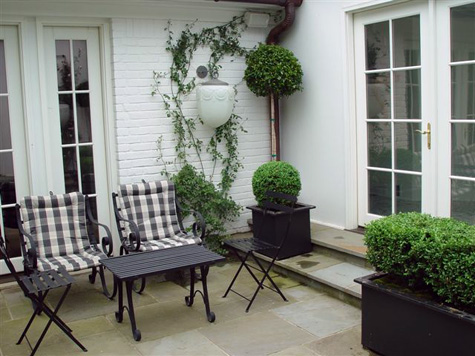 This very fine iron furniture comes from a small company in England. The black and white checked fabric on the cushions is very smart looking, and elegant.
This very fine iron furniture comes from a small company in England. The black and white checked fabric on the cushions is very smart looking, and elegant.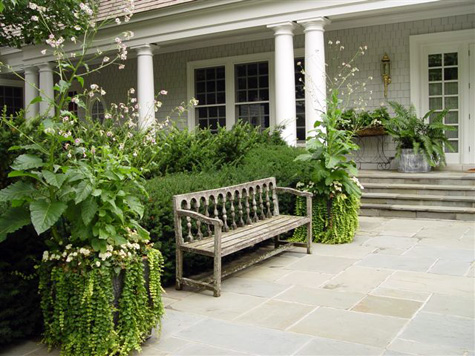 This very old English wood bench has great style; the spindle back and the curved arms are very handsome. The yews and pots do a great job of highlighting its form. It is a friendly size .
This very old English wood bench has great style; the spindle back and the curved arms are very handsome. The yews and pots do a great job of highlighting its form. It is a friendly size .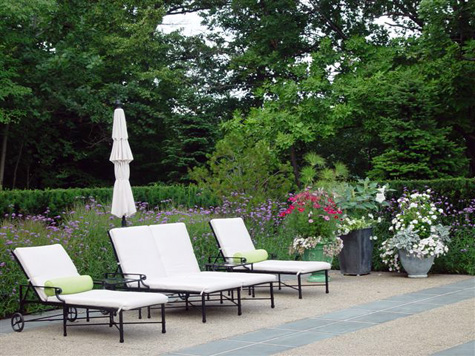 The chaise lounge is a bed for the garden. Its scale and size makes it stand out in the landscape; the grouping suggests the company of friends and family. White fabric in the garden looks as fresh and crisp as white flowers. I cannot imagine using a chaise, but I like looking at them.
The chaise lounge is a bed for the garden. Its scale and size makes it stand out in the landscape; the grouping suggests the company of friends and family. White fabric in the garden looks as fresh and crisp as white flowers. I cannot imagine using a chaise, but I like looking at them.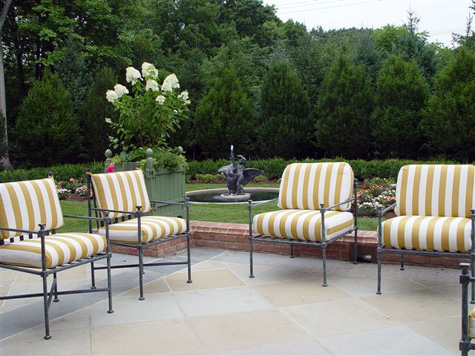 Stripes seem especially appropriate for a garden too. Reminiscent of vintage awnings, they are inviting and pleasing to the eye. These chairs are great for an extended visit in a garden.
Stripes seem especially appropriate for a garden too. Reminiscent of vintage awnings, they are inviting and pleasing to the eye. These chairs are great for an extended visit in a garden.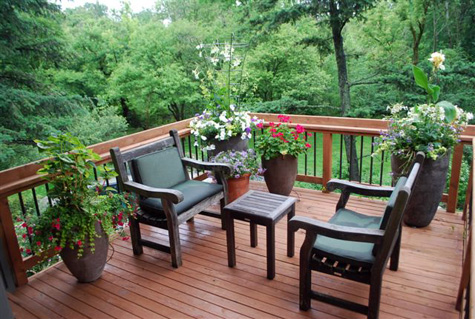 A place to sit in a garden is an essential element of landscape design. Plan where you will sit in your landscape with as much care as you plan what you will see when you sit there.
A place to sit in a garden is an essential element of landscape design. Plan where you will sit in your landscape with as much care as you plan what you will see when you sit there.